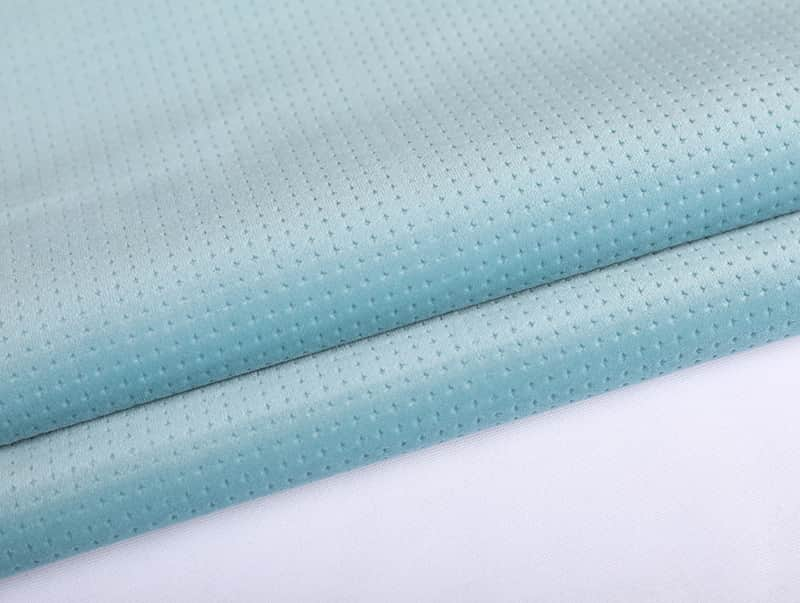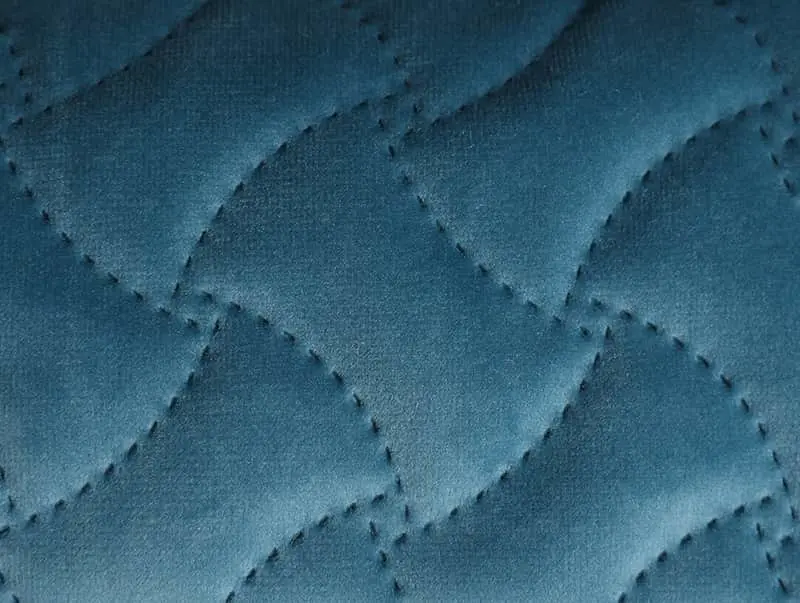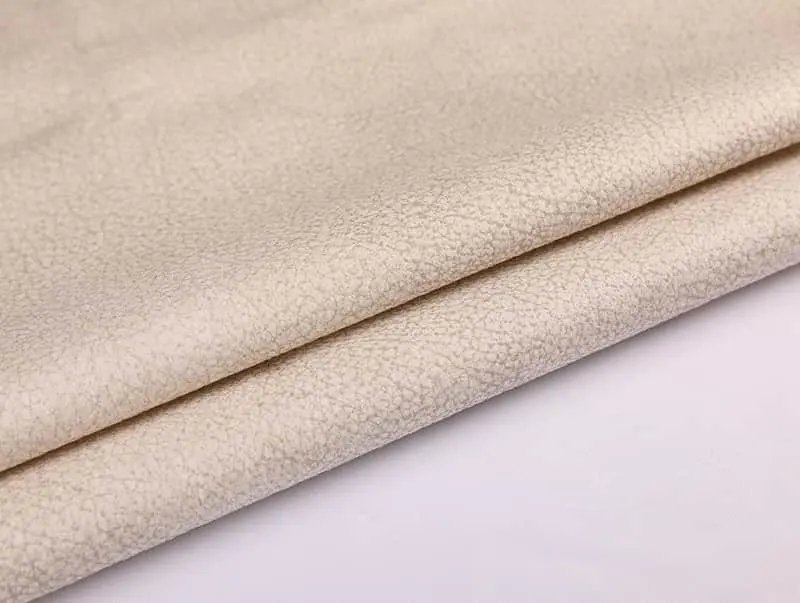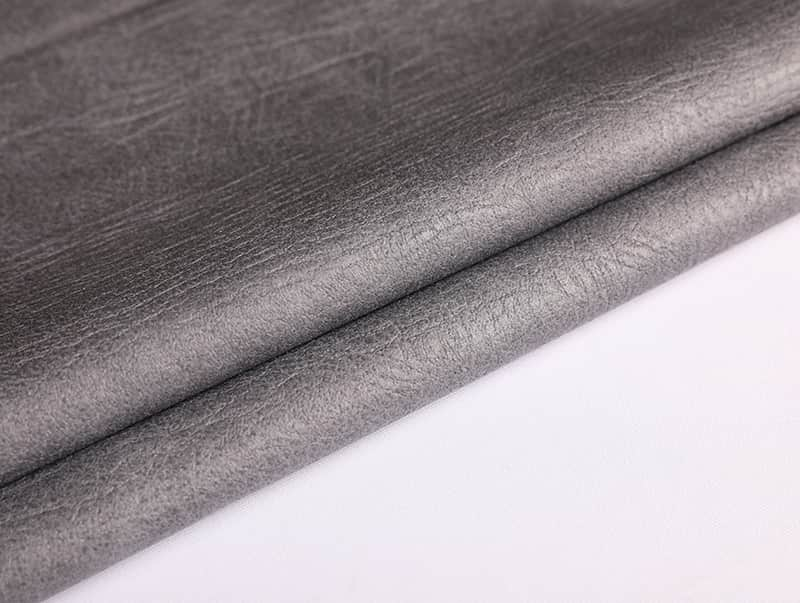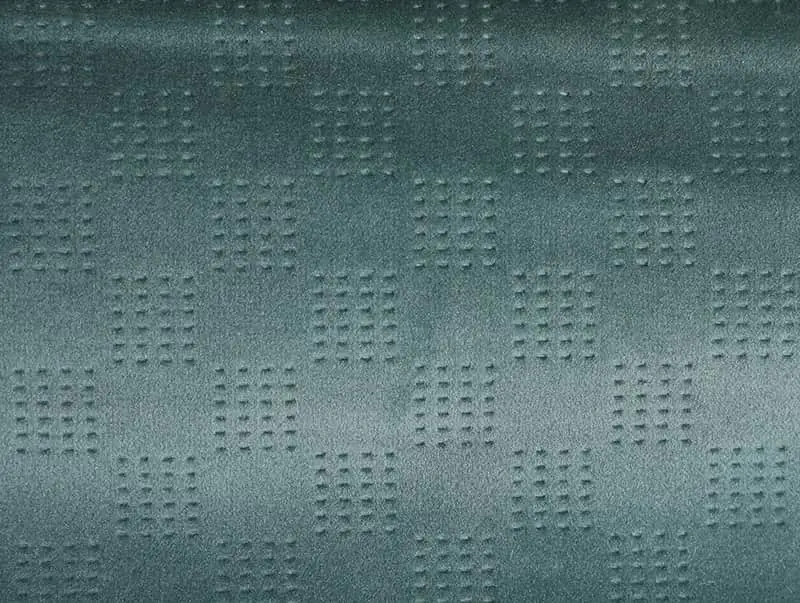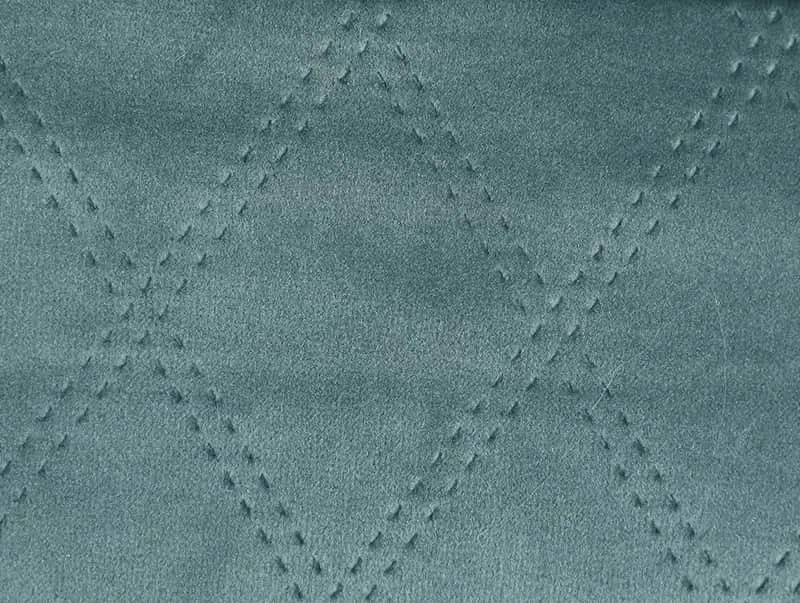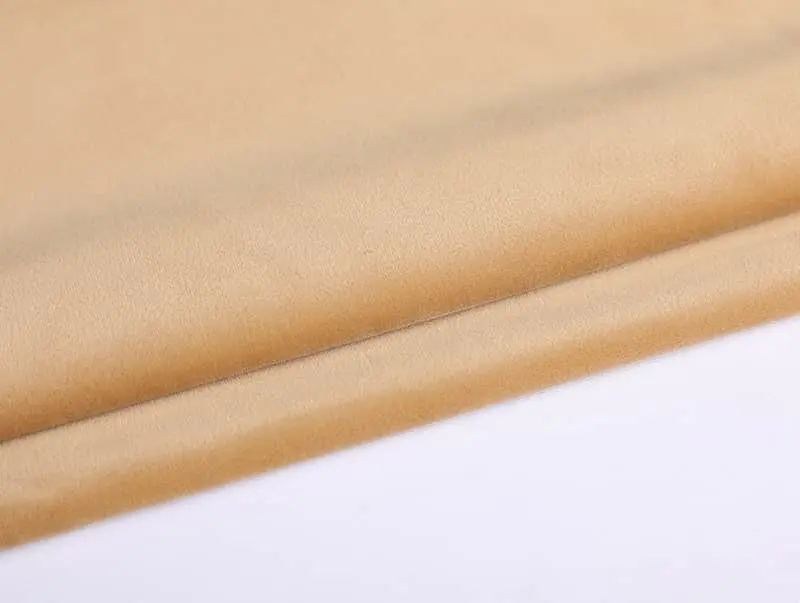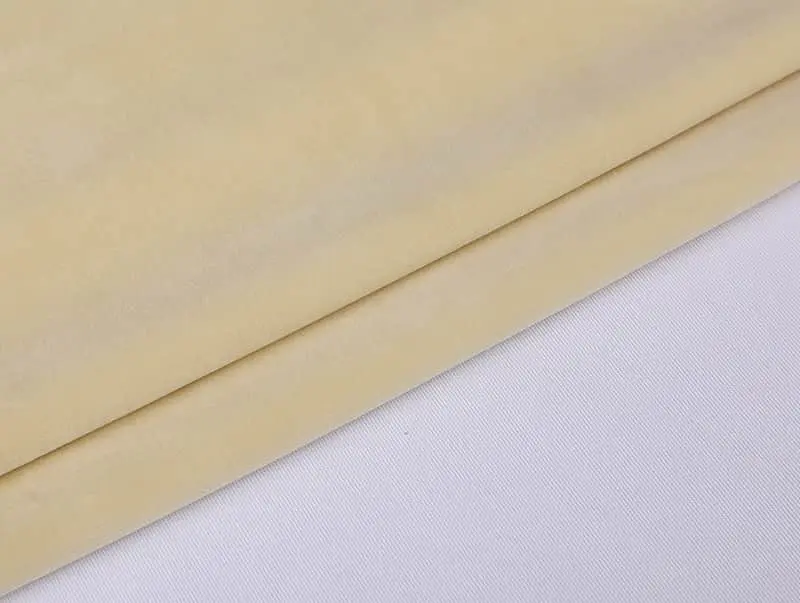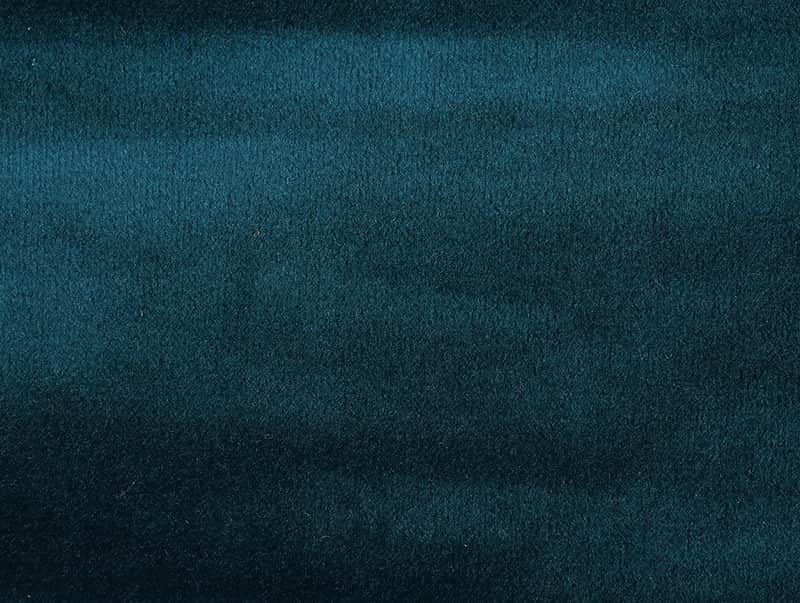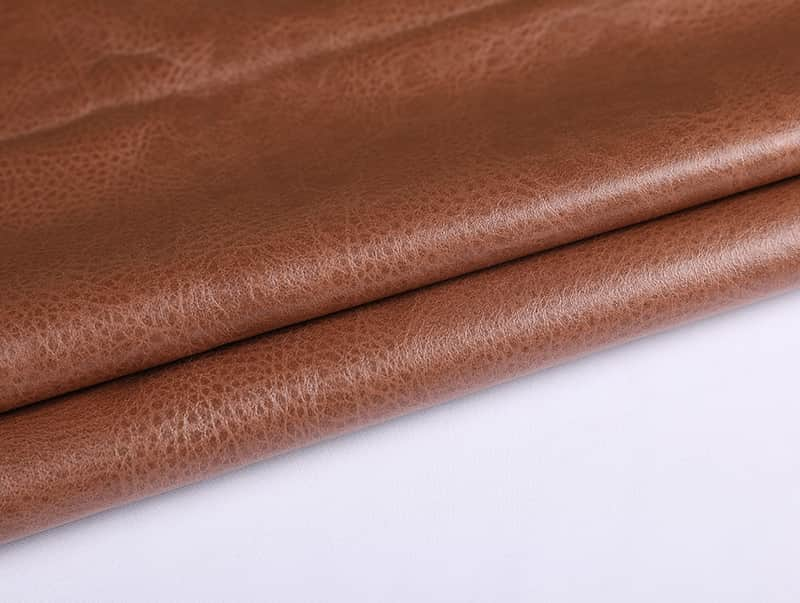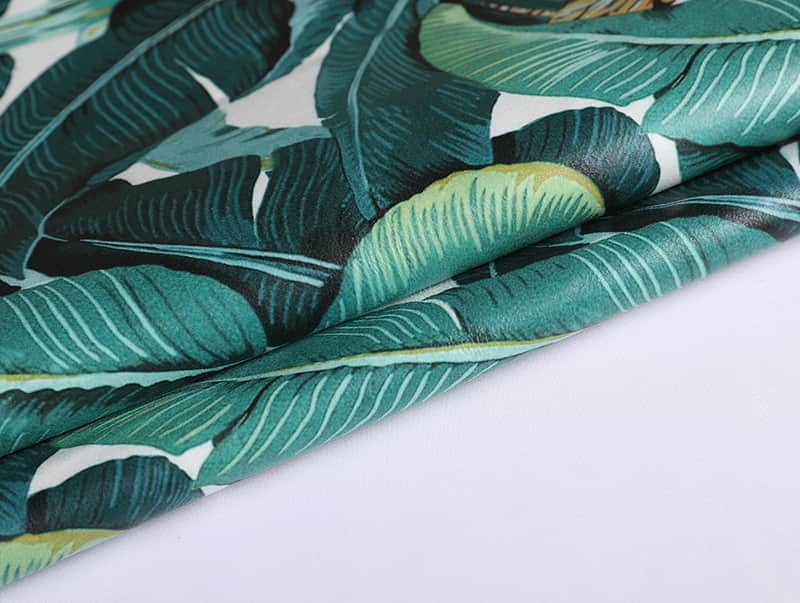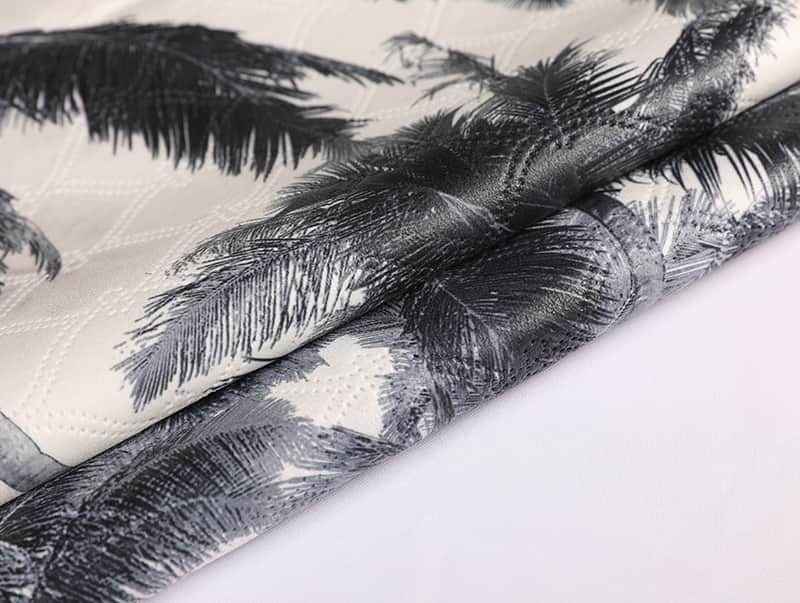1. The moisture absorption performance of the fiber
When the textile fiber is placed in the air, it will continuously exchange water vapor with the air, that is, the textile fiber continuously absorbs the water vapor in the air, and at the same time continuously releases the water vapor into the air. The ability of textile fibers to absorb or release water vapor is called the hygroscopicity of the fibers. Hygroscopicity is one of the important physical properties of textile fibers.
The hygroscopicity of textile fibers has a certain effect on the shape, size, weight, and physical and mechanical properties of textile fibers, which also affects its processing and use performance. The moisture absorption capacity of textile fibers also directly affects the wearing comfort of the clothing fabric. The fiber with high moisture absorption capacity can easily absorb the sweat discharged by the human body, regulate body temperature, relieve the feeling of dampness, and make people feel comfortable.
2. The mechanical properties of the fiber
The various deformation properties of textile fibers under the action of various external forces are called the mechanical properties of textile fibers. External forces include various forms such as tension, compression, bending, torsion, and friction.
The mechanical properties of textile fibers should include fiber strength, elongation, elasticity, abrasion resistance, elastic modulus, etc.
Fiber strength: Fiber strength refers to the ability of the fiber to resist damage from external forces, and it determines the durability of textile products to a large extent.
Fiber wear resistance: Fiber and its products are constantly subjected to friction and wear during processing and actual use. The fiber wear resistance refers to the performance of the fiber to withstand external force abrasion. The abrasion resistance of the fiber is closely related to the fastness of its textile products. The abrasion resistance is an important indicator of the wearability of clothing fabrics. The wear resistance of the fiber is related to the macromolecular structure, supramolecular structure, elongation at break, elasticity and other factors of the fiber.
3. Chemical resistance of fiber
The chemical resistance of the fiber refers to the resistance of the fiber to damage by various chemical substances. In the textile dyeing and finishing process, fibers will be exposed to water, acid, alkali, salt and other chemicals to varying degrees. At the same time, fiber products will also be exposed to various chemicals such as detergents and finishing agents during use. . Therefore, as a textile fiber, it must have certain chemical resistance to meet the requirements of textile dyeing and finishing and product use.
4. Linear density and length of fiber and yarn
The linear density of the fiber refers to the thickness of the fiber, and the length of the fiber refers to the length of the fiber. Textile fibers must have a certain linear density and length, so that the fibers can be entangled with each other, and they can be spun into yarn by relying on the friction between the fibers. Therefore, the textile fiber has a certain linear density and length, which is one of the necessary conditions for textile processing and the product to have use value.
www.chinasofafabric.com
